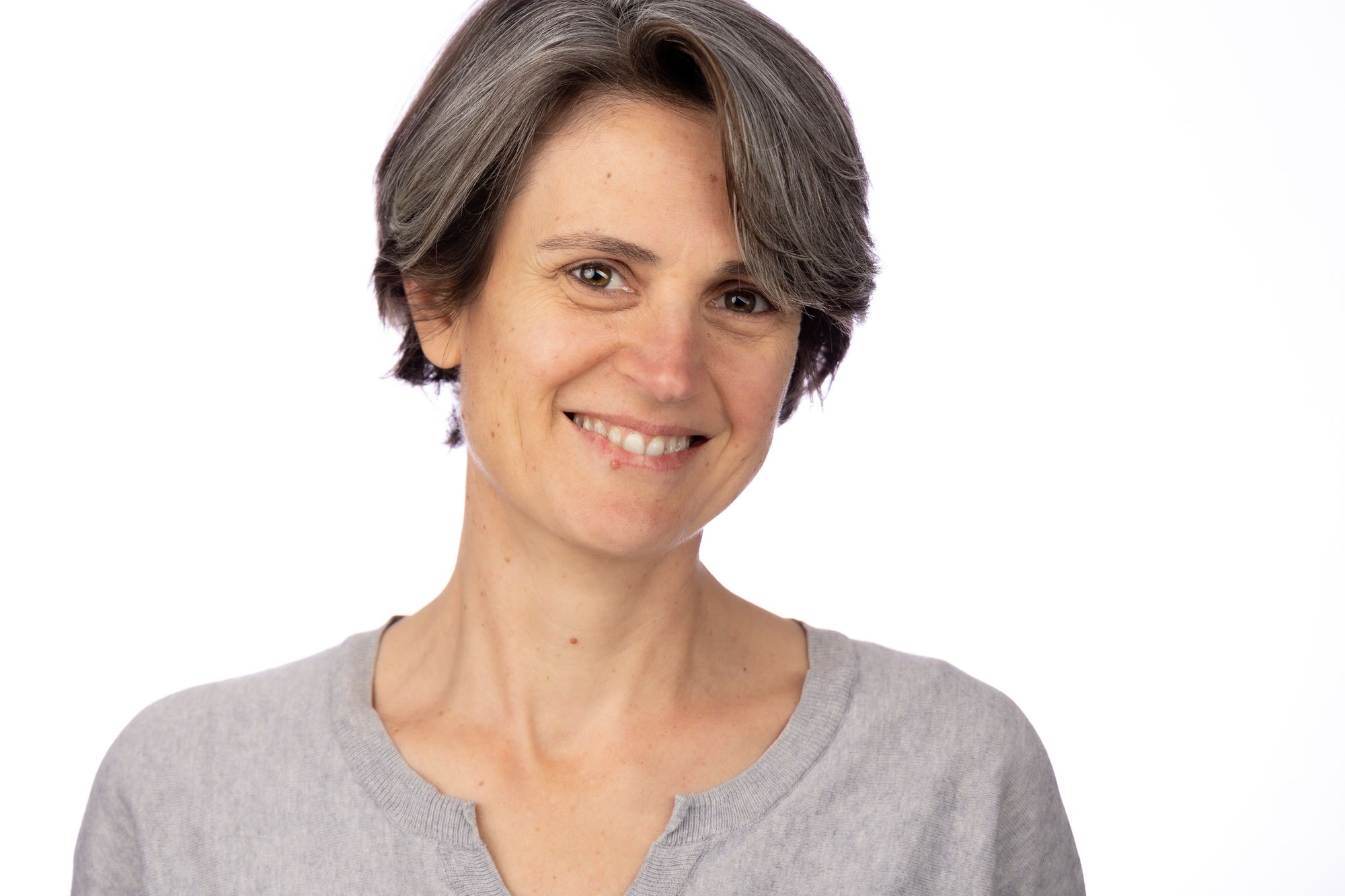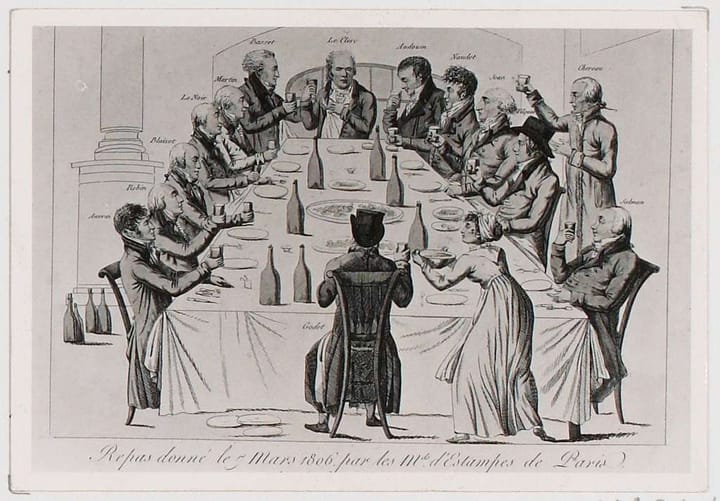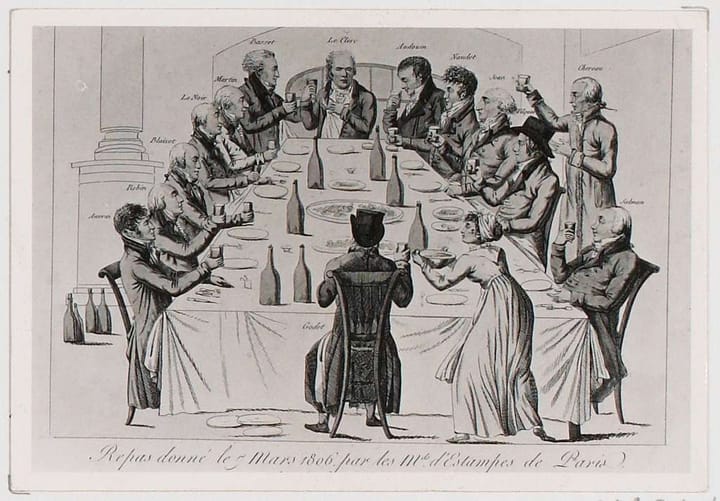Qui sont les plus gros consommateurs de chocolat ?

En cette période de Pâques où les ventes de chocolat atteignent des sommets, on peut se demander quels pays en consomment le plus. En 2025, c’est l’Allemagne qui arrive en tête avec près de 11 kg de chocolat consommés par an et par habitant, suivie de très près par la Suisse. La France, quant à elle, se classe sixième avec 7,3 kg par an, tandis que les États-Unis occupent la dixième position, avec une consommation estimée entre 5 et 6 kg.
Fait intéressant : en France, c’est le chocolat noir qui séduit le plus. Il représente à lui seul 30 % de la consommation nationale, contre seulement 5 % en moyenne en Europe.
Si le chocolat est autant apprécié à travers le monde, c’est évidemment pour son goût délicieux, mais aussi pour les bienfaits qu’on lui attribue (pour le chocolat noir) :
- Il aurait des effets positifs sur le système cardiovasculaire, en favorisant la circulation sanguine et en contribuant à faire baisser le taux de mauvais cholestérol.
- Riche en flavonoïdes, il joue également un rôle antioxydant, aidant à neutraliser les radicaux libres responsables du vieillissement cellulaire.
- Et sur le plan mental, le chocolat est un véritable allié : il agit comme un antidépresseur naturel, combat le stress et la fatigue, stimule la mémoire, favorise la concentration, et pourrait même ralentir le déclin cognitif lié à l’âge.
Petit Rappel historique :
Le chocolat n’est pas européen : il trouve ses origines en Amérique centrale et du Sud, où les Mayas puis les Aztèques le consommaient sous forme de boisson amère, agrémentée de piment et d’épices. Ils l’appelaient xocolatl. Ce n’est qu’au XVIe siècle, avec l’arrivée des Espagnols au Mexique, que le cacao fait son entrée en Europe. Hernán Cortés rapporte les premières fèves en Espagne en 1528. Le goût très amer surprend les Européens, mais ils l’adaptent rapidement en y ajoutant sucre, vanille ou cannelle. Peu à peu, la boisson devient un symbole de raffinement et d’exotisme.
Au XIXe siècle, la révolution industrielle change tout. Les premières usines de chocolat voient le jour, notamment en Suisse avec Lindt, ou encore en France avec Menier et Suchard. On commence à produire en masse des tablettes, des bonbons, et du chocolat au lait, plus doux et plus accessible. Ce qui était jadis un luxe réservé aux élites devient peu à peu un plaisir quotidien. Le chocolat entre dans les maisons, dans les goûters d’enfants, et dans les traditions populaires… comme les œufs de Pâques que l’on partage aujourd’hui avec tant de gourmandise.
TRADUCTION :
Who are the biggest chocolate consumers?
As Easter approaches and chocolate sales skyrocket, one might wonder which countries consume the most. In 2025, Germany takes the lead with nearly 11 kg of chocolate consumed per person per year, closely followed by Switzerland. France ranks sixth with 7.3 kg per year, while the United States comes in tenth, with an estimated consumption between 5 and 6 kg.
An interesting fact: in France, dark chocolate is the favorite. It alone accounts for 30% of national consumption, compared to just 5% on average in Europe.
If chocolate is so loved around the world, it’s not only because of its delicious taste but also because of the health benefits attributed to it—especially dark chocolate:
- It may have positive effects on the cardiovascular system by improving blood circulation and helping lower bad cholesterol levels.
- Rich in flavonoids, it also plays an antioxidant role, helping to neutralize free radicals responsible for cell aging.
- And when it comes to mental health, chocolate is a true ally: it acts as a natural antidepressant, fights stress and fatigue, stimulates memory, improves concentration, and might even slow down age-related cognitive decline.
A quick historical reminder:
Chocolate is not originally from Europe. It comes from Central and South America, where the Mayans and later the Aztecs consumed it as a bitter drink, often spiced with chili and other ingredients. They called it xocolatl. It was only in the 16th century, with the arrival of the Spanish in Mexico, that cacao made its way to Europe. Hernán Cortés brought the first cacao beans back to Spain in 1528. The bitter taste surprised Europeans at first, but they quickly adapted it by adding sugar, vanilla, or cinnamon. Gradually, the drink became a symbol of refinement and exotic luxury.
In the 19th century, the Industrial Revolution changed everything. The first chocolate factories were established—most notably Lindt in Switzerland and Menier and Suchard in France. Chocolate began to be mass-produced in the form of bars, candies, and milk chocolate, which was softer and more accessible. What was once a luxury for the elite gradually became a daily pleasure. Chocolate found its way into households, children's snacks, and popular traditions—like Easter eggs, still joyfully shared today.



